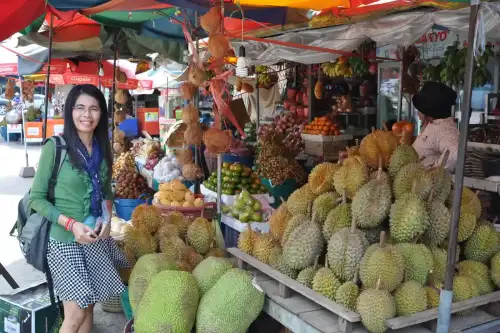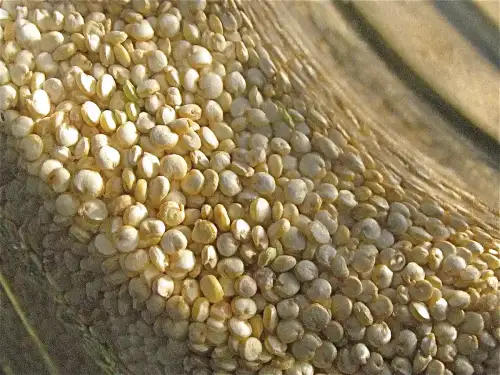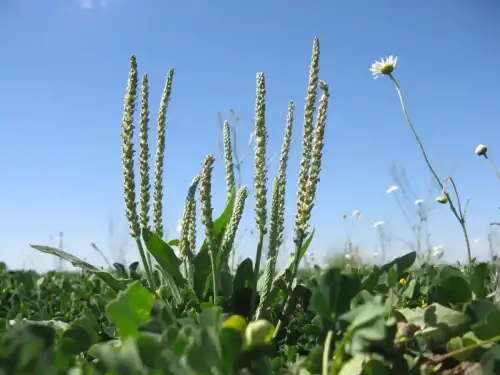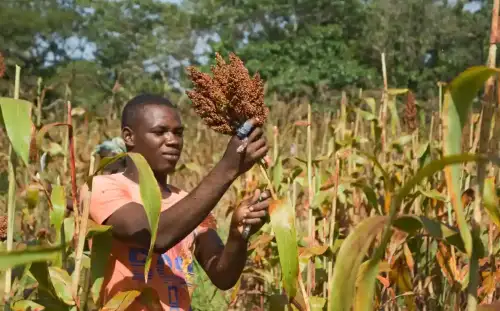
Celiac.com 08/28/2025 - With more people avoiding gluten due to celiac disease or dietary preferences, researchers are testing alternative flours to create gluten-free pasta that matches traditional wheat pasta in taste and texture. This study focused on developing gluten-free fettuccine (GFF) using a blend of jackfruit seed flour, rice flour, and tapioca flour. The goal was to find a nutritious and tasty alternative that could appeal to consumers while offering health benefits like higher fiber content.
Key Ingredients and Their Roles
The study tested three main flours:
- Jackfruit seed flour: High in dietary fiber, which boosts nutritional value.
- Rice flour: Provides structure and a familiar pasta texture.
- Tapioca flour: Improves stickiness and helps bind the ingredients.
Celiac.com Sponsor (A12):
The best-performing mix was 40% jackfruit seed flour, 5% rice flour, and 5% tapioca flour (the remaining 50% likely included binders like xanthan gum and water).
Key Findings
1. Improved Nutritional Value
The jackfruit seed flour significantly increased the pasta’s fiber content, reaching 12.48 grams per 100 grams—much higher than traditional wheat or rice pasta. This makes it a great option for those needing more fiber in their diet.
2. Cooking Quality
The gluten-free fettuccine held up well during cooking, with minimal starch loss (a common problem in gluten-free pasta). Tapioca flour helped the pasta absorb water properly, preventing it from becoming too mushy.
3. Texture and Appearance
The pasta had a firm texture, similar to traditional fettuccine, thanks to the balance of flours. While the color was slightly darker due to the jackfruit seed flour, taste testers still found it appealing.
4. Taste Test Results
In sensory tests, the gluten-free fettuccine scored between "neither like nor dislike" to "like moderately." While it didn’t outperform wheat pasta, it was rated similarly to other commercial gluten-free pastas, suggesting it could compete in the market.
Why This Matters for People with Celiac Disease
For those with celiac disease, finding gluten-free pasta that’s both nutritious and enjoyable can be a challenge. This study shows that jackfruit seed flour—often discarded as waste—can be repurposed into a high-fiber, gluten-free pasta. The successful blend of flours means:
- Better nutrition: Higher fiber supports digestive health, which is often compromised in celiac patients.
- More variety: A new pasta option that doesn’t rely on common substitutes like corn or potato starch.
- Eco-friendly: Using jackfruit seeds reduces food waste while creating a sustainable product.
Conclusion
This research highlights a promising new way to make gluten-free pasta using jackfruit seed flour, rice flour, and tapioca flour. While more studies are needed to test digestibility and long-term health benefits, the results suggest a tasty, fiber-rich alternative for gluten-free diets. For people with celiac disease, this could mean more nutritious and enjoyable meal options in the future.
Read more at: researchgate.net










Recommended Comments
There are no comments to display.
Create an account or sign in to comment
You need to be a member in order to leave a comment
Create an account
Sign up for a new account in our community. It's easy!
Register a new accountSign in
Already have an account? Sign in here.
Sign In Now